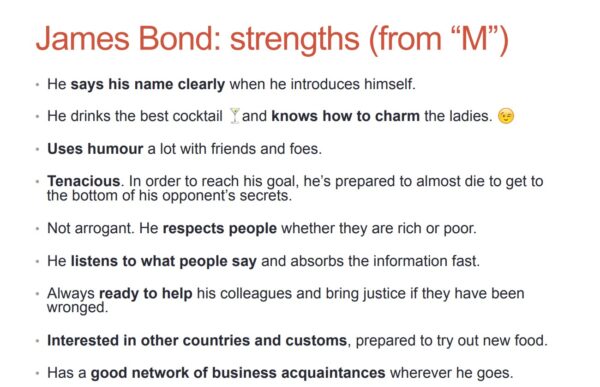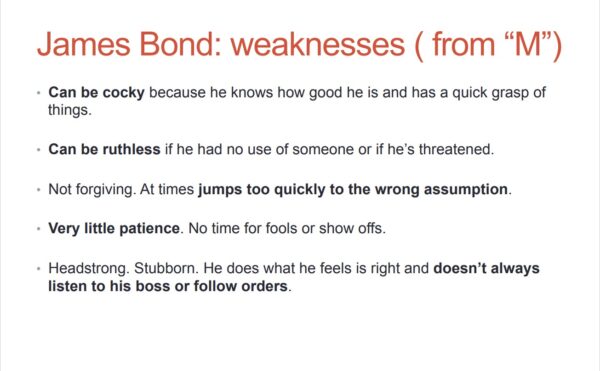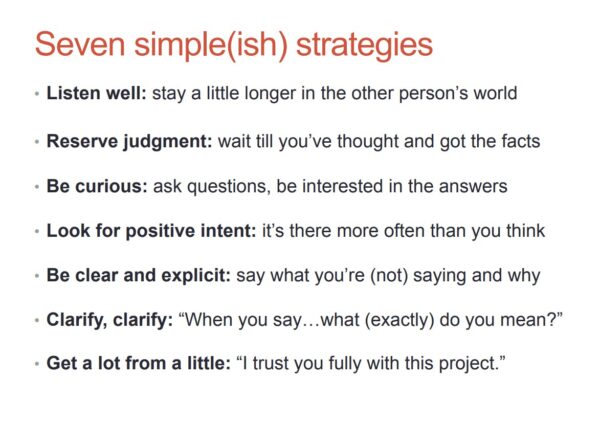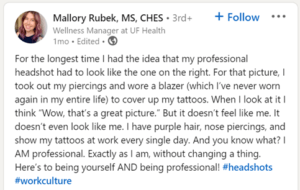 On September 17th ELTAS welcomed back Ian McMaster, business communication consultant and former longtime editor of the popular magazine ‘Business Spotlight’. Despite the 007 in the title, the workshop did not teach us how to become ultra-suave super spies with a license to kill, but instead provided us with some useful strategies that can help our clients communicate better in a business context. Another goal of the workshop was to show how we can get maximum output from our students from minimum input. Ian referred to the well-known book “Wine Bar Theory”, which states that being busy is not the same as being effective, and that you shouldn’t have to work from 4:00 until midnight to reach your goals. Similarly, as teachers we should not have to spend hours planning in order to create effective, communication-centred lessons.
On September 17th ELTAS welcomed back Ian McMaster, business communication consultant and former longtime editor of the popular magazine ‘Business Spotlight’. Despite the 007 in the title, the workshop did not teach us how to become ultra-suave super spies with a license to kill, but instead provided us with some useful strategies that can help our clients communicate better in a business context. Another goal of the workshop was to show how we can get maximum output from our students from minimum input. Ian referred to the well-known book “Wine Bar Theory”, which states that being busy is not the same as being effective, and that you shouldn’t have to work from 4:00 until midnight to reach your goals. Similarly, as teachers we should not have to spend hours planning in order to create effective, communication-centred lessons.
Ian split us into small groups and, having done some warmups introducing the topic and James Bond theme, he asked us the question.
What are James Bond’s strengths and weaknesses as an international business communicator?
This was an interesting activity, with all the groups coming up with a lot of ideas. Also, some groups labeled certain qualities as strengths and other groups the same qualities as weaknesses (e.g. the fine line between confidence and arrogance). Here are some example ideas that Ian presented, provided by his friend and super Bond fan ‘M’.


The idea was that this can be a fun task for students to brainstorm and share ideas in English, and also think indirectly about what makes good communication. It highlights really well that there is so much more to communication than just the words we use.
Following on from this Ian shared his own strategies for better communication, distilled from his many years of experience in the business English industry.

Ian then put us into our 7 groups again, assigned each group one of the strategies from above and gave us the task of coming up with a classroom activity to practice it. Here is the one that our group came up with.
Activity Idea: Reserve Judgment
The activity is based on this LinkedIn post.
1) Show participants the picture below. In groups, have them discuss the following questions and then summarize their opinions to the class. Depending on the level you can provide scaffolding in the form of language for supposition, opinions, clarification, conditional sentences etc.

- What industry do you think she works in?
- What position do you think she holds (manager versus non manager).
- Do you think that this would be appropriate as a headshot on a C.V. or LinkedIn, for example if she were applying for a job in your company/department and why?
2) Groups present their opinions.
3) Tell students that this person, Mallory Rubek, is actually a manager at a university hospital in Florida and that she posted about her appearance and professionalism on Linkedin, which then went viral. Have the students read the post and discuss the following:


- Is Mallory’s job and her opinions on professionalism and headshots similar or different to your group’s opinions in the first activity?
- Has this post changed your perspective or opinions at all?
4) Finally, the groups should discuss the following questions on reserving judgment. Depending on the group, their backgrounds, how creative they are etc, they could be given the task to create a poster or presentation slide to educate people on this topic.
- Do appearances affect how you judge, listen to and communicate with people at work? How can this be avoided?
- What other ways can people judge too quickly in business discussions and interactions? What negative effects does this have on work and communication?
- How can people avoid this individually? How can teams or companies create a culture of open minded communication?
5) Groups share what they came up with the rest of the class.
6) The teacher provides feedback throughout.
Activity Idea: Get a Lot from a Little
This group used a teaching idea from Penny Ur based on the principle that grammar exercises should be as open as possible. Students are given two sentences and then have to answer the question “What has happened?” for example:
- John used to weigh 80kg
- Now John weighs 50kg
What has happened?
Students must use appropriate grammar to construct a narrative to connect the starting and ending position. It can be simple or elaborate depending on level.
Activity Idea: Listen Well
Students briefly discuss what it means to be a good listener and how important that is in a conversation. Next, they listen to a conversation and fill in blank spaces with expressions missing from the transcript. These are typical expressions used to backchannel, e.g.:
- Really?
- That’s right.
- I agree.
- I didn’t know that!
- How wonderful!
- Oh, dear!
After that, students practice a similar conversation on the topic of their choice, using the highlighted expressions.
Activity Idea: Be Clear and Explicit
Students work in groups to write a set of instructions for a new colleague, eg how to use the coffee machine in the office, how to access the computer system etc. Students then swap instruction sheets and try to improve them.
Conclusion
I found the strategies that Ian presented clear and easily adaptable to many classroom tasks. I especially liked the collaborative aspect of coming up with classroom tasks. It can be easy to forget that our colleagues and peers are some of the best resources we have, and we don’t have to always struggle and come up with new ideas ourselves. I’d like to thank Ian for the workshop and the ELTAS committee for their hard work in putting it on.


No Comments Yet